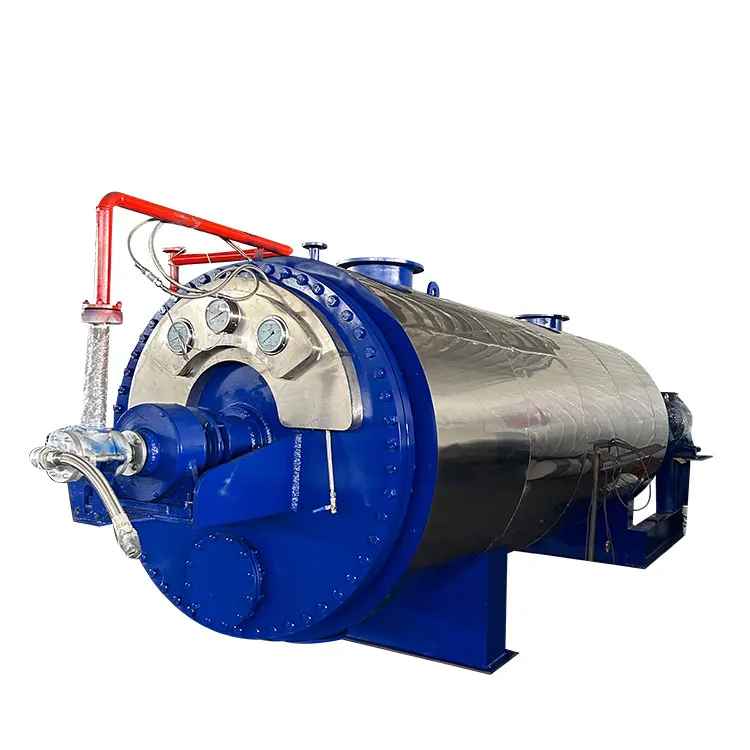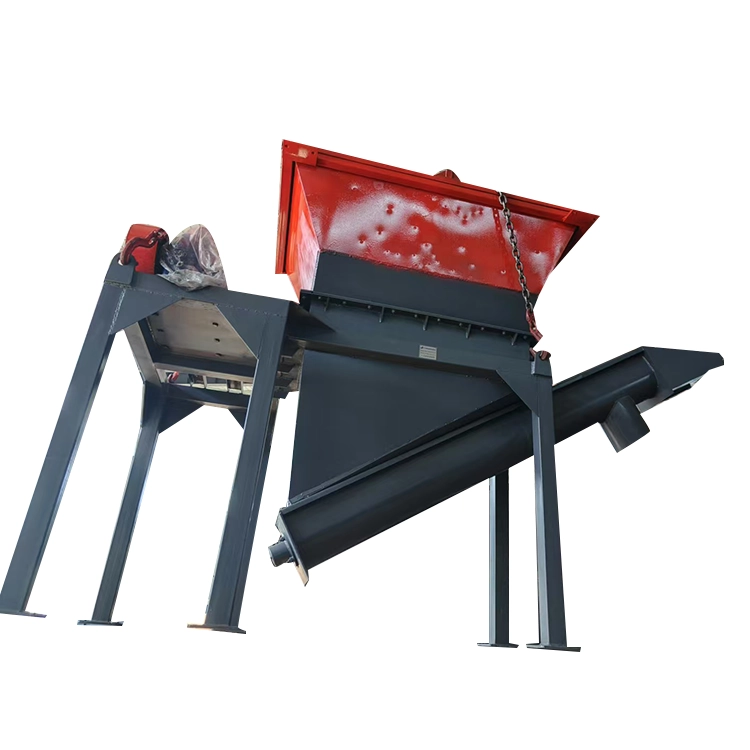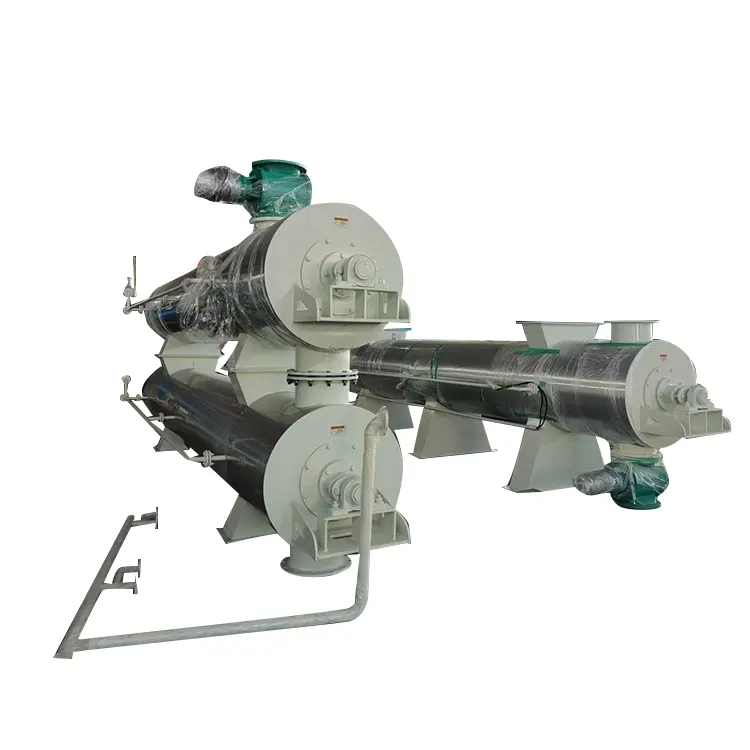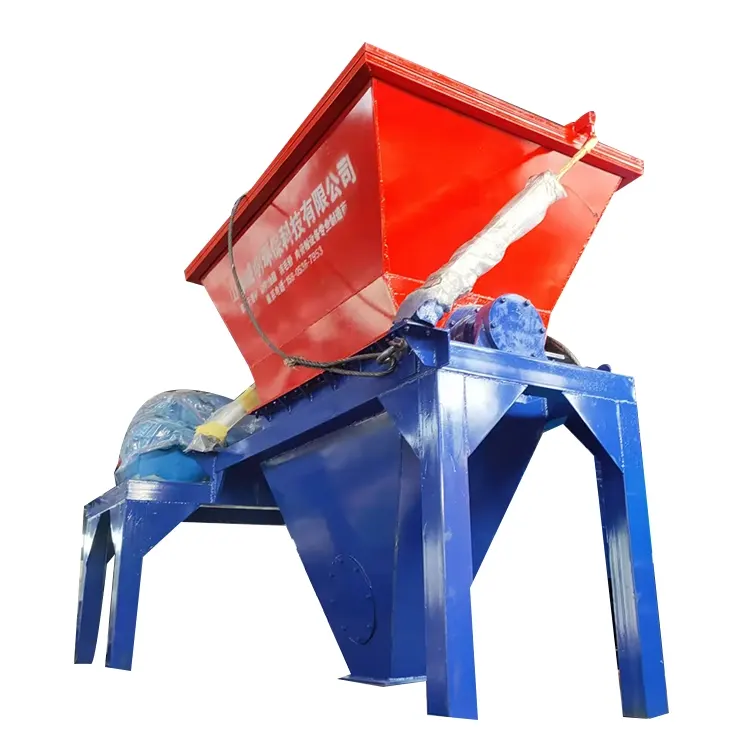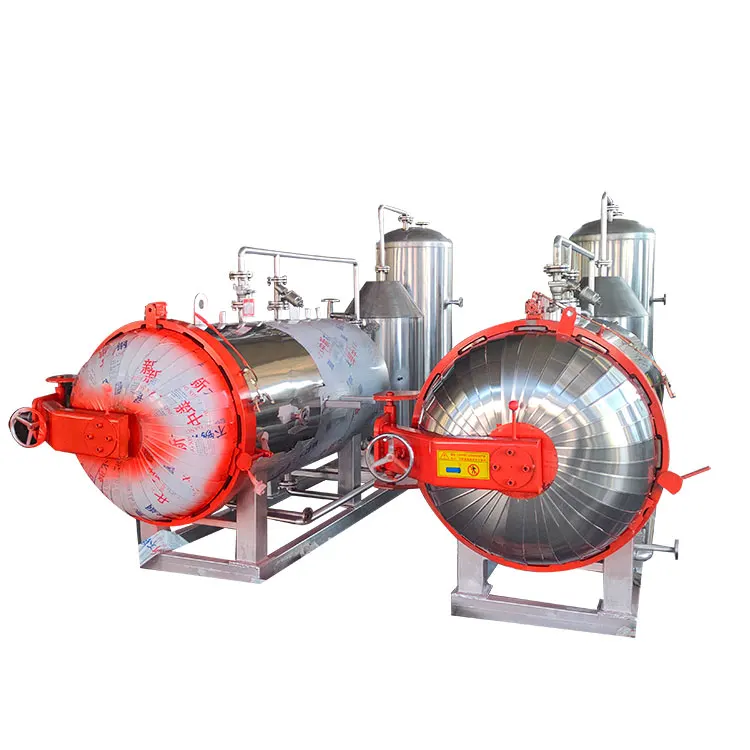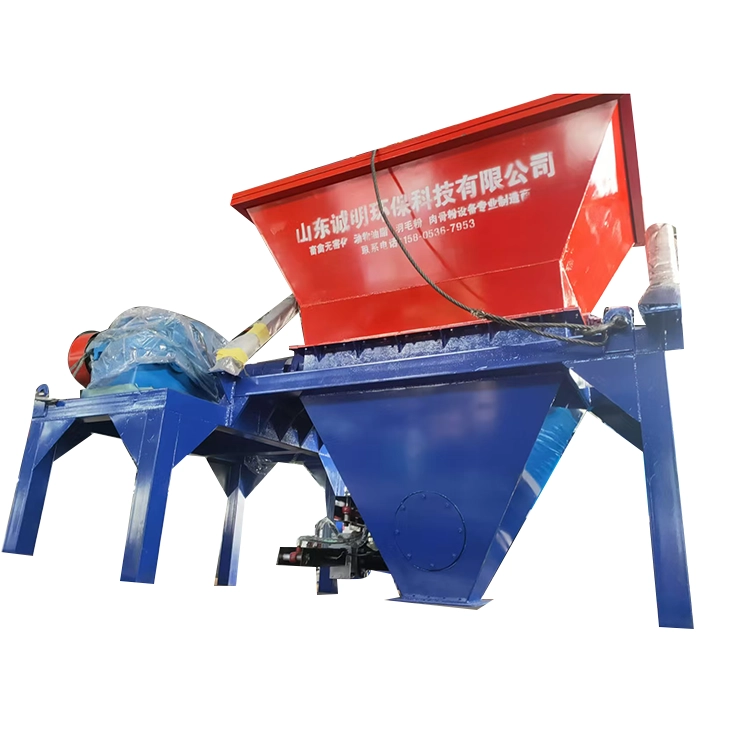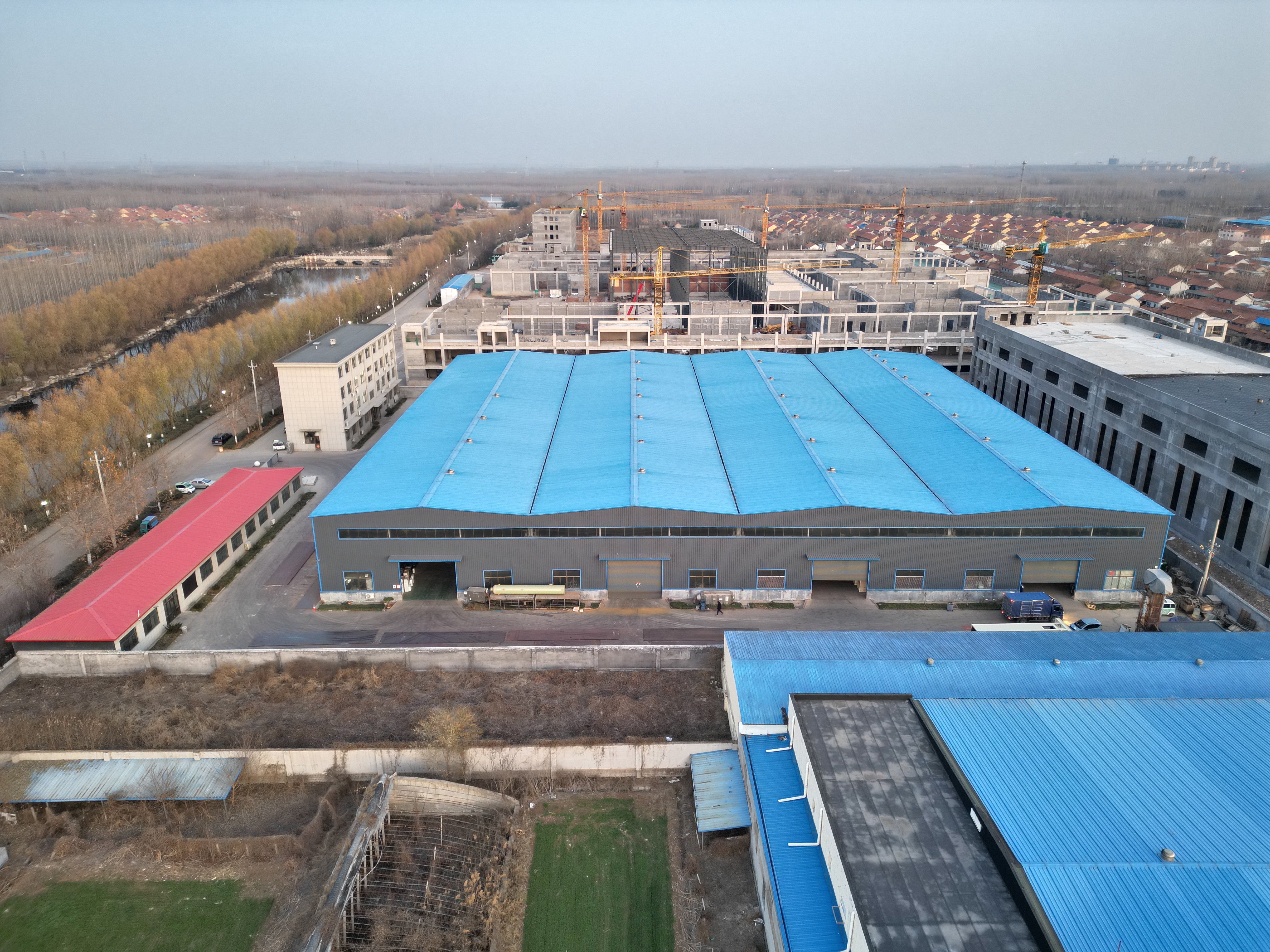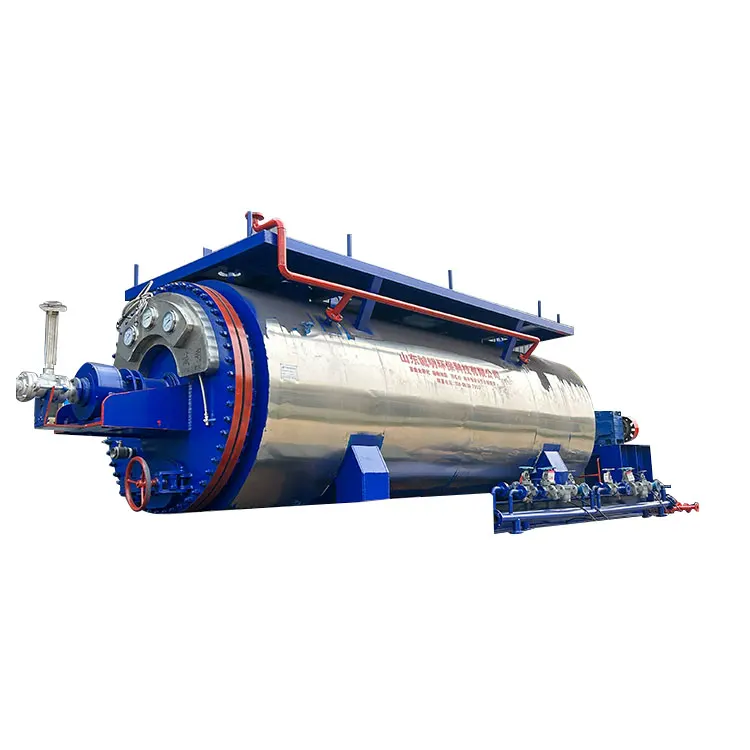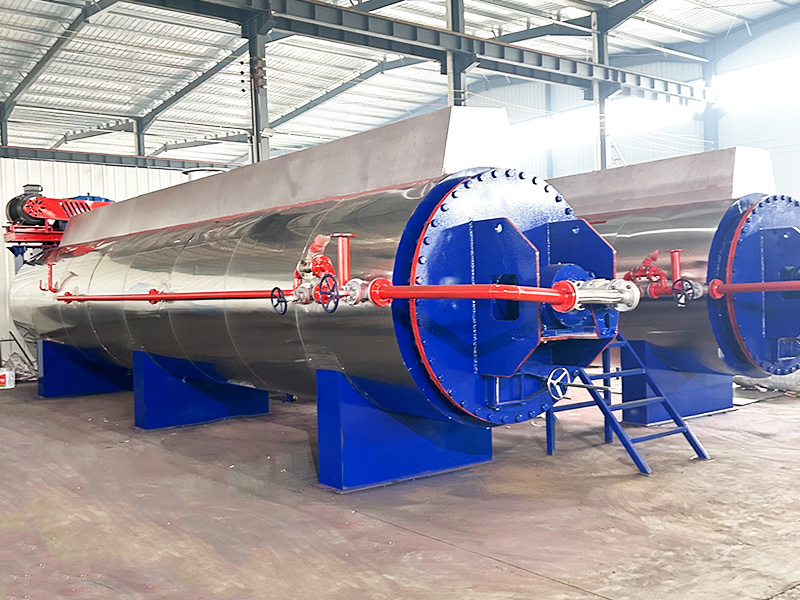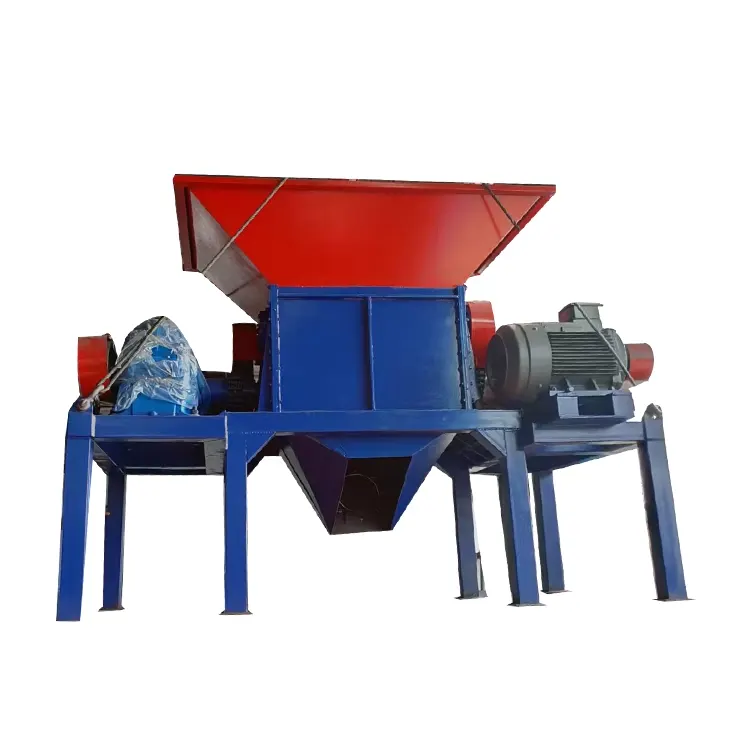Email Us
How to harmlessly dispose of sick and dead livestock and poultry?
In recent years, due to the epidemic and outbreak of animal diseases, the number of sick and dead livestock and poultry has increased sharply, and the difficulty of harmless treatment has increased. So how do we deal with sick and dead livestock and animals? At the beginning, most of the burial treatment method was adopted, and the deep burial site must be selected far away from the residential living area, livestock and poultry breeding area, water body and water source, the geological stability, and in the downwind of the residential area, the downstream of the living water intake point, to avoid the rainwater collection place, to facilitate the transportation and disinfection of sick and dead livestock and poultry. Secondly, dig deep pits. For large quantities of sick and dead livestock and poultry, the dead livestock and poultry should be at least 3 metres deep from the ground after covering the soil; for the sick and dead livestock and poultry that are handled individually, the sick and dead livestock and poultry should be at least 1 metre deep from the ground after covering the soil, and it is necessary to ensure that the sick and dead livestock and poultry are not picked up by wild dogs and other animals, do a good job of disinfection and sterilisation. The deep pit must be paved with a large amount of quicklime, caustic soda, etc., and then put a layer of dead livestock and poultry sprinkled with a layer of quicklime, and then cover the soil. After covering the soil, spray disinfectant around the perimeter of the burial site. This method saves money, but it is inefficient, and may not completely avoid the spread of disease bacteria, and cannot reach a harmless state.
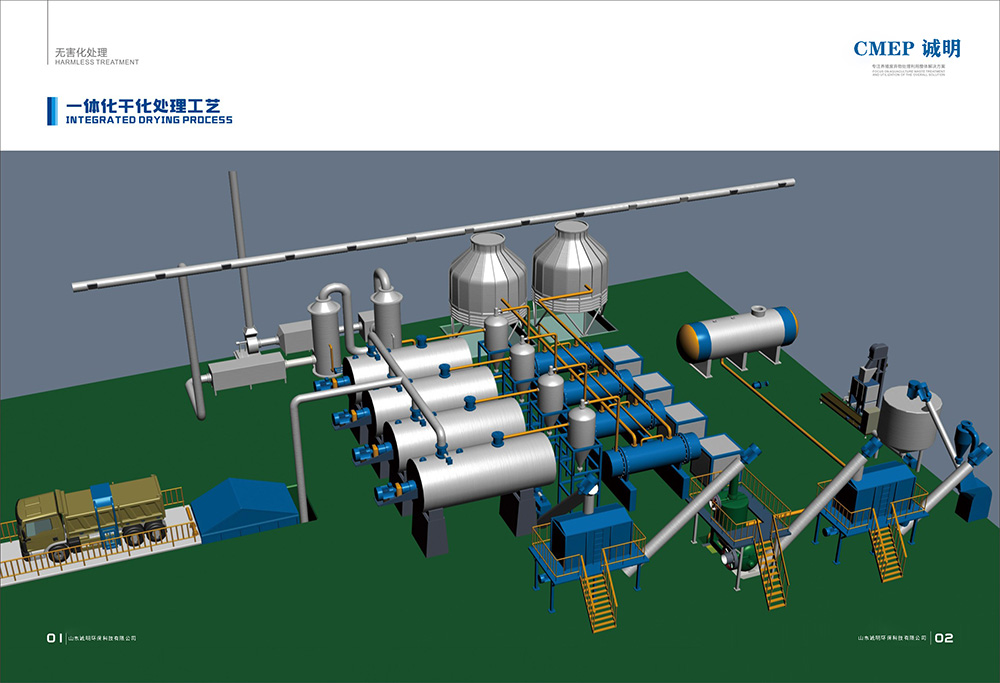
This was followed by incineration, but the waste gas and rubbish generated during the incineration process had a large impact on the environment, so it was now forbidden to dispose of sick and dead animals in incinerators. There is also the natural degradation method, that is, the biodegradation method. Generally, it takes at least 48 hours or more, which is environmentally friendly, but it takes a long time. To this end, our company has produced and developed harmless treatment equipment, and there are two processes for harmless equipment produced and developed by our company, one is the drying process. It is suitable for large-scale farms, abattoirs and urban harmless treatment centres, and a large number of animal bone meal, oil and organic fertiliser are produced after treatment of sick animals to achieve resource utilisation. The treatment process is pre-crushing, chemical drying, degreasing, cooling, crushing and packaging, and waste gas and wastewater treatment. The second is the humidification process. Suitable for small and medium-sized breeding areas, abattoirs nearby their own harmless treatment of dead livestock and poultry and slaughtering waste, not transported, to prevent the cross-spread of germs, the obtained solid products can be used as raw materials for the production of organic fertiliser, oil can be made into industrial oil, waste into treasure, can be used electric heating steam and boiler steam two ways.
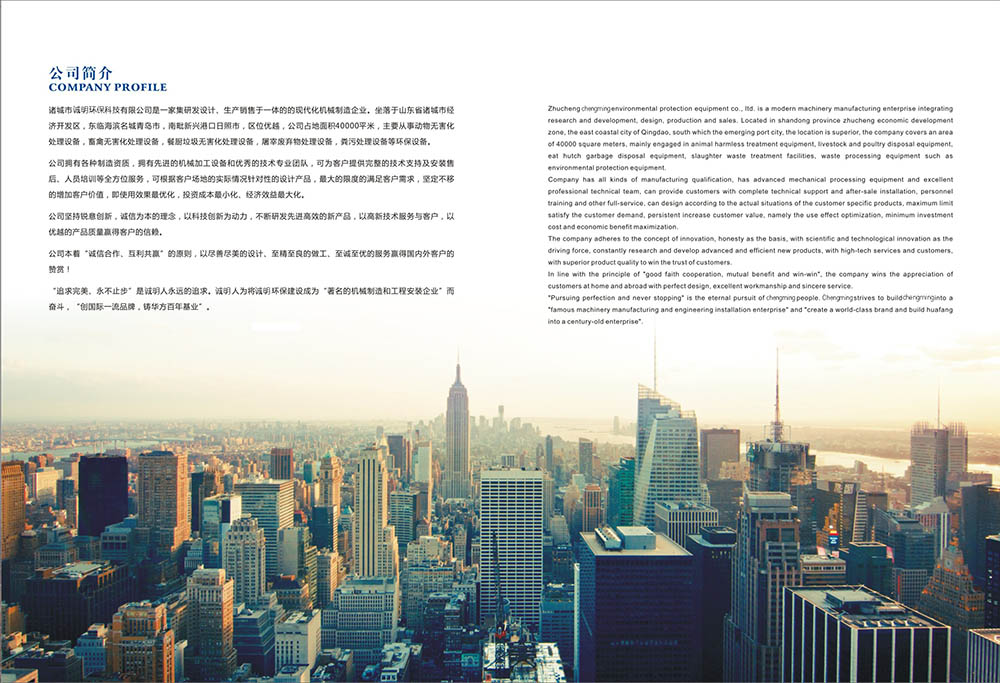
- Why Choose a Harmless Treatment Humidifier for Your Air Quality Needs?
- What Exactly is Chicken Feather Powder Equipment and How Can It Boost Your Profits?
- How is this feather meal production line innovative?
- Why is Chicken Feather Powder Equipment Essential for Sustainable Processing?
- How Does a Feather Powder Dryer Improve Efficiency in Poultry Byproduct Processing?
- Animal Oil Refining Press Equipment: Purification efficiency and stable performance in oil processing
Contact Us
Shunwang Avenue, Zhucheng City, Shandong Province, China
Copyright © 2024 Shandong Chengming Environmental Protection Technology Co., Ltd. All Rights Reserved.


